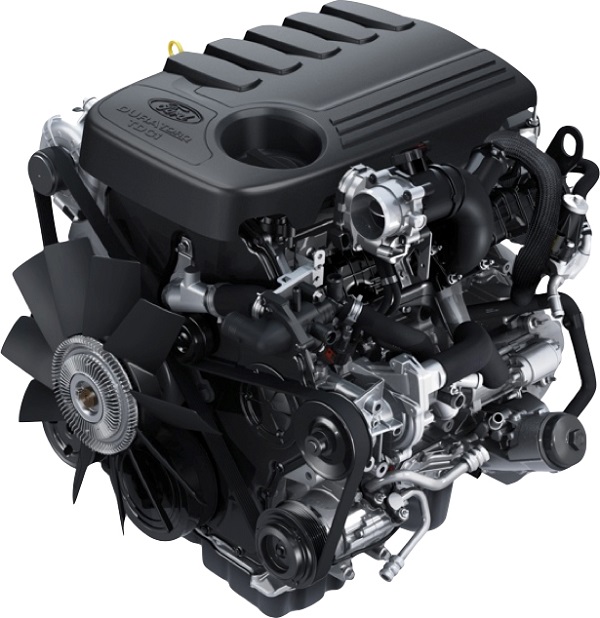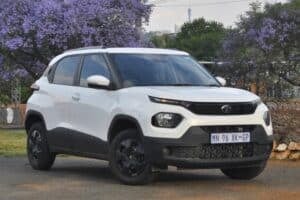“Ideally, we would love to be the sole producer of the Panther engine - that is ultimate goal".

Our long-term Ford Ranger Thunder, at the time of writing. will be soon be embarking on festive season duties but before that, and even before its squaring off against the facelift Toyota Hilux, it had the opportunity to stretch its legs for a visit to the coast and also where its 2.0-litre bi-turbodiesel heart is made, the Struandale Engine Plant in Port Elizabeth.
A facility that has been part of the Blue Oval’s history since 1964, and which currently produces the 2.2 and 3.2 Duratorq TDCi Puma as well the single-and bi-turbo Panther units for not only the Ranger and Ranger Raptor but also the Everest, the visit to Struandale, which came on the back of the media engine building experience in February, also saw our Thunder being reunited with the 3.2 Wildtrak owned by this writer’s father for the meeting with their respective powerunits outside the entry to the plant.
Able produce a new engine every 120 seconds and 410 in 24 hours, Plant Manager Shawn Govender had no hesitation in identifying the biggest highlight for the plant, which has so far produced of over 700 000 Puma units and 1.9-million machined sets of components.
“A lot of money has been spend by Ford from a capex perspective [into the facility]” which is really great from a job perspective”, Govender said in response to the initial R3.4-billion investment announced a decade ago, and after a further R3-billion was afforded in 2018 for production of the Puma engines.
Govender stated that Dearborn’s reliance on Struandale from a global perspective remains important as the plant, which employs 780 people, currently rates the sole facility to produce machined components for the Puma engine.
“We not only send fully assembled engines, but cranks, heads and blocks to plants in Thailand and Argentina where is it assembled and put into their vehicles, so it is a dual role we are playing in the global supply chain. We are also exporting a small percentage of the Panther engines, but the bulk is supplied to Silverton for the local market,” Govender said.
“Ideally, we would love to be the sole producer of the Panther engine – that is ultimate goal, no different than what we did with Puma. We want to get to a consolidated point where get everything into this facility and become the prime supplier for Panther globally, but this is still a long way off”.
Despite the plant’s focus on the Puma and Panther families, Govender stressed that its capacities are not limited and that investigations into producing other engines as well as components are ongoing.
“We are always investigating the opportunity to ensure Struandale’s long-term suitability and the jobs of our employees. We have a team working specifically on bringing new business to the facility, not only engines, but also transmissions, con-rods, camshafts and just about anything to get business into this facility,” Govender said.
“If we are competent and capable from an efficiency and quality perspective, we can get more business into this facility. If you look at the space we have here, it is huge. Our goal is not only to grow Ford as a South African unit, but also creating jobs in the Eastern Cape”.
Aside from the domestic market, Govender said that feedback from Ford in North America has been positive and that full support for the various projects has been given without hesitation.
“From a development and product perspective, we are in continues communication with North America to look at potential volume or new programmes coming into this facility and they support us 100%”.
With the capability and capacity to produce 130 000 Puma and 120 000 Panther engines a year, Govender said that focus on quality, continues improvements and customer satisfaction has played a central role in Struandale’s key to success since the commencing of production 56 years ago.
“Successful manufacturing operations aim to be the lowest cost producer at the absolute highest quality is a goal we are striving towards daily. Every single minute of every hour at this plant is focused on making sure we meet our efficiencies, which means we become a true low-cost manufacturer and meet our quality objectives on an hourly and minute basis, “Govender said.
“We don’t drive our teams through bringing cost-per-unit down or get hours per engine sorted, no. We protect our customer by producing on-time every time to the highest absolute quality level means we will become a low-cost producer”.
For more news your way, download The Citizen’s app for iOS and Android.








